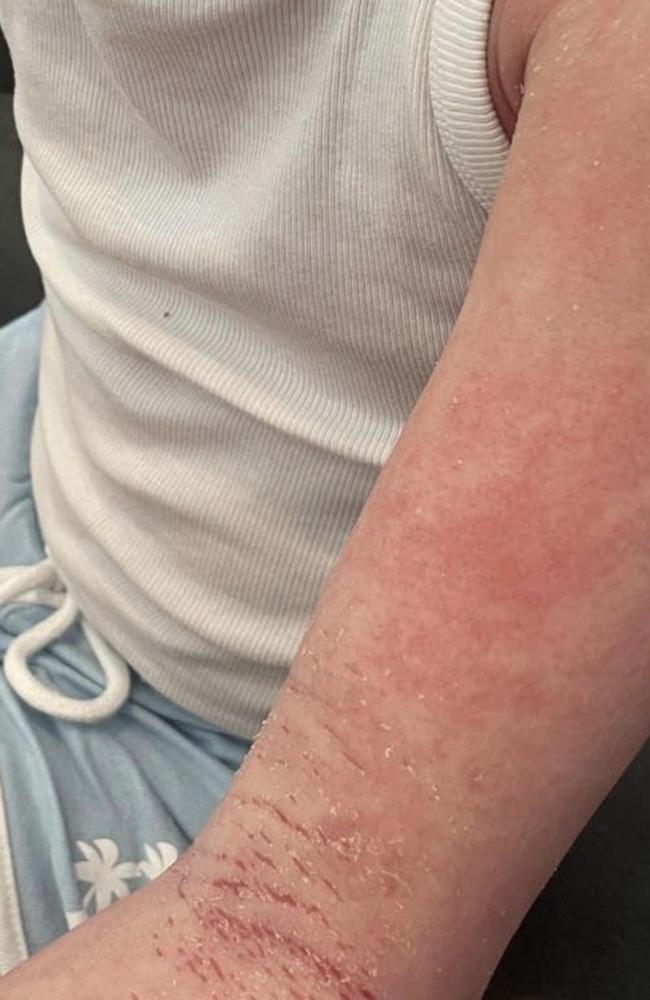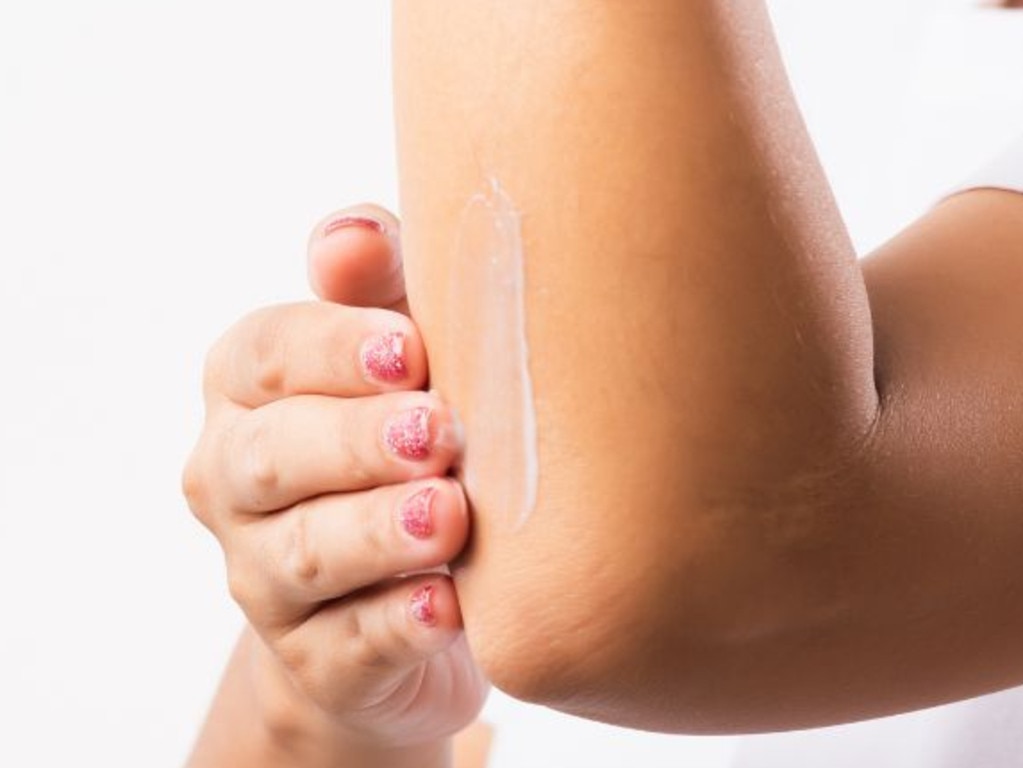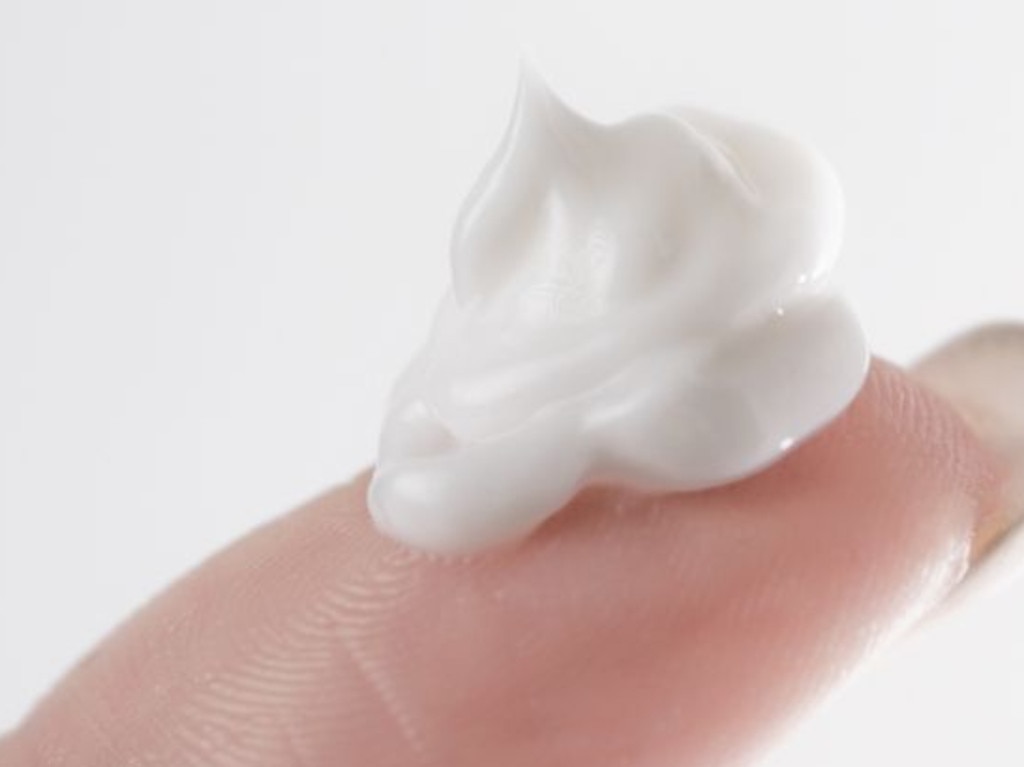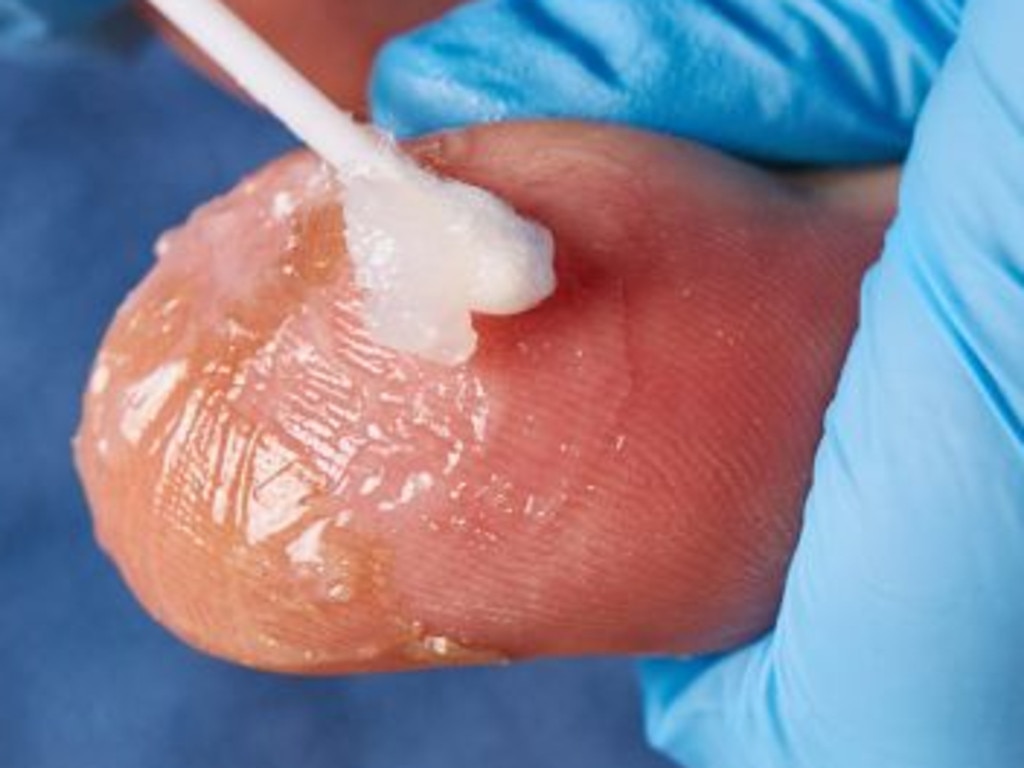Dr Kavya Chaganti reveals how eczema sufferers can control symptoms with these strategies
It might surprise you to learn that most people can improve this common skin problem with a few simple strategies. Here, Dr Kavya Chaganti reveals what they are.

Conditions
Don't miss out on the headlines from Conditions. Followed categories will be added to My News.
It might surprise you to learn that most people can improve their eczema control with a few simple strategies – often before needing to see a dermatologist or immunologist.

Every week many frustrated patients tell me they’ve tried every moisturiser, consulted multiple GPs, used various steroid creams, and even turned to alternative treatments.
However when I dig deeper into their eczema journey, I often find they haven’t received proper education on what eczema is or how to correctly use their moisturisers and topical steroids.
You probably need more moisturiser than you think
Allergy & Anaphylaxis Australia recommends at least:
125g per week for babies
250g per week for children
500g per week for teenagers and adults
This usually means applying moisturiser generously multiple times a day, including reapplying after handwashing.
Choose the right moisturiser
A good moisturiser for eczema is thick, plain, and fragrance-free – but the best one is ultimately one you’ll use consistently.
It is also helpful to know that moisturisers fall into three main categories:
Lotions: lightweight, mostly water-based, absorb quickly but may not be very effective at maintaining hydration.

Creams: a mix of oil and water, they provide better barrier protection than lotions.

Ointments: the most occlusive being thicker and more oil-based, and the most effective at sealing in moisture. They can feel greasy, so some people prefer to use them during flare-ups or for particularly dry, thick, or scaly areas.

While lotions and creams may be more comfortable to apply, they evaporate more quickly, and may need more frequent application. Some people, especially children, experience stinging or discomfort with lotions and creams. Ointments, though greasier, offer longer-lasting hydration and protection.
Use topical steroids correctly
Topical steroids are safe and effective for settling flare-ups when used correctly.
However, many people are hesitant to use them properly.
Too little may be ineffective and prolong the flare up.
Too much is unnecessary and may increase the risk of possible side effects.
If you have eczema and have not heard of ‘fingertip units’ (FTUs), now is the time to learn. One FTU is the amount squeezed out onto your fingertip to the first skin crease. This is usually enough to treat an area roughly the size of two adult palms. Your GP can guide you on how much to use based on the location and extent of your eczema flare. The infographic below makes it much clearer and is great to save as a handy reference.
DO NOT spare the steroid!
— The Pharmaceutical Journal (@PJOnline_News) August 19, 2021
How to use fingertip units to guide topical corticosteroid use in children with eczema.
More info here: https://t.co/JQhy1gjJFYpic.twitter.com/nPQjcQPd9k
Eczema management doesn’t have to be overwhelming. By understanding your skin, using the right moisturiser generously, and applying topical treatments correctly, you can significantly improve your symptoms and quality of life. If your eczema is still difficult to control, speak to your GP about additional treatment options.

Dr Kavya Chaganti is a GP-obstetrician, while her husband Dr Raja Chaganti is a medical oncologist. They are also parents who are based in Sydney and have the popular Instagram @twoaussiedoctors.
More Coverage
Originally published as Dr Kavya Chaganti reveals how eczema sufferers can control symptoms with these strategies








